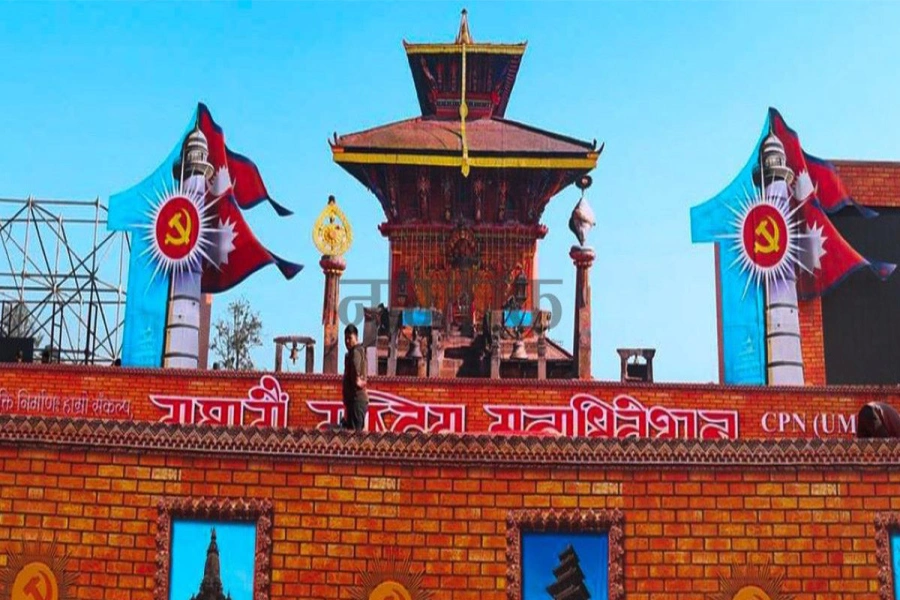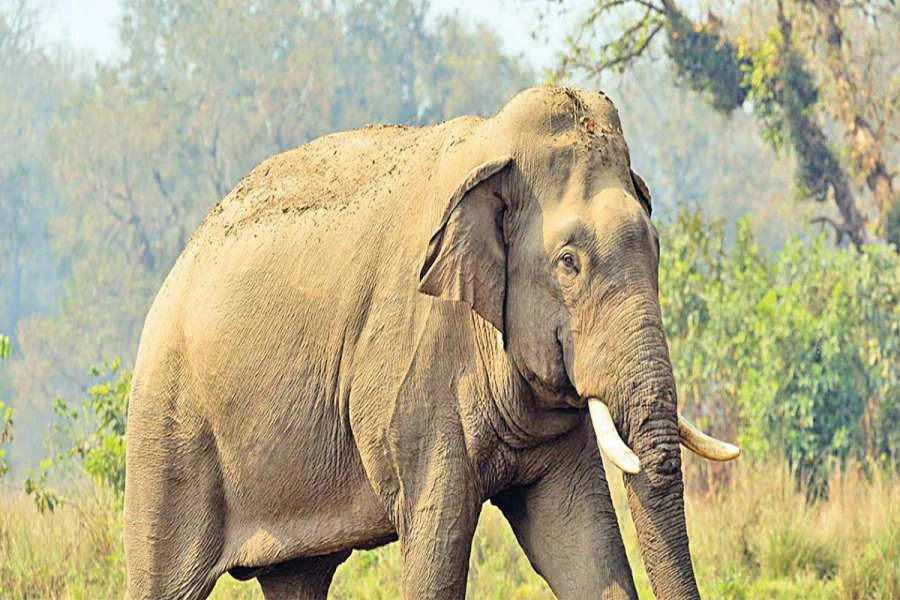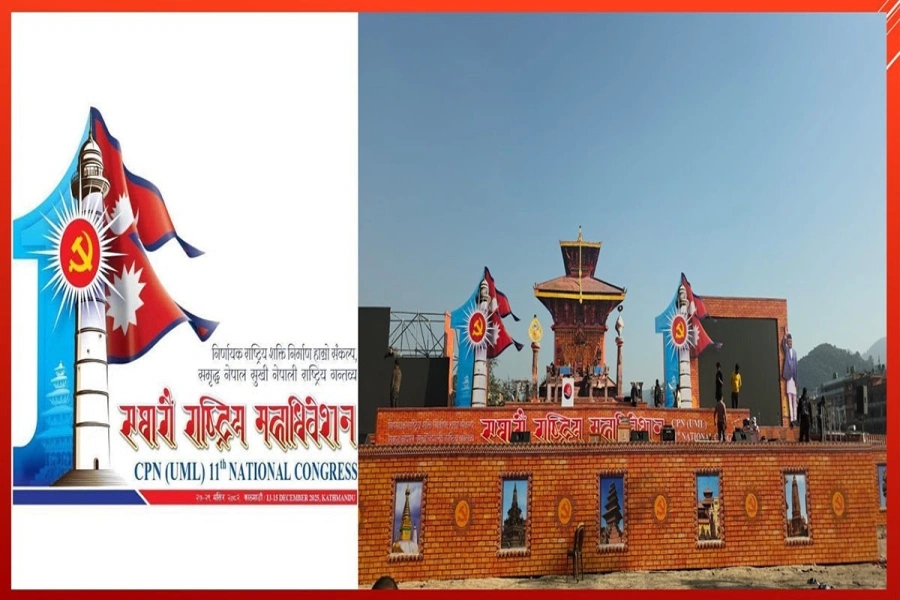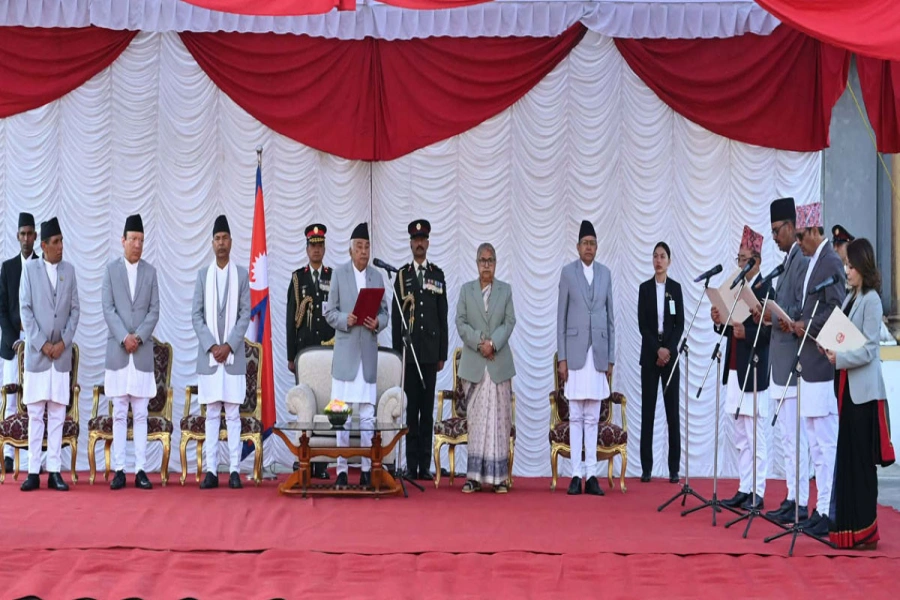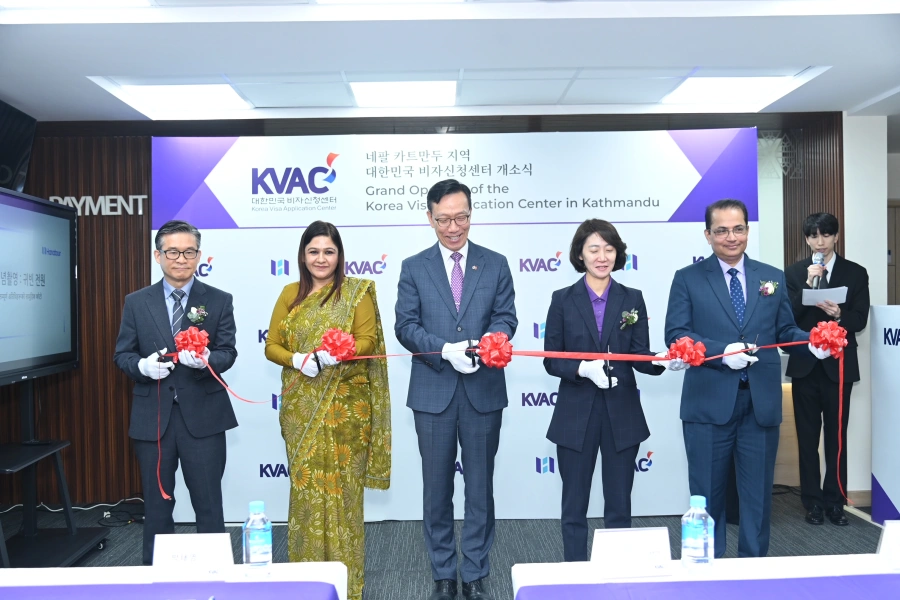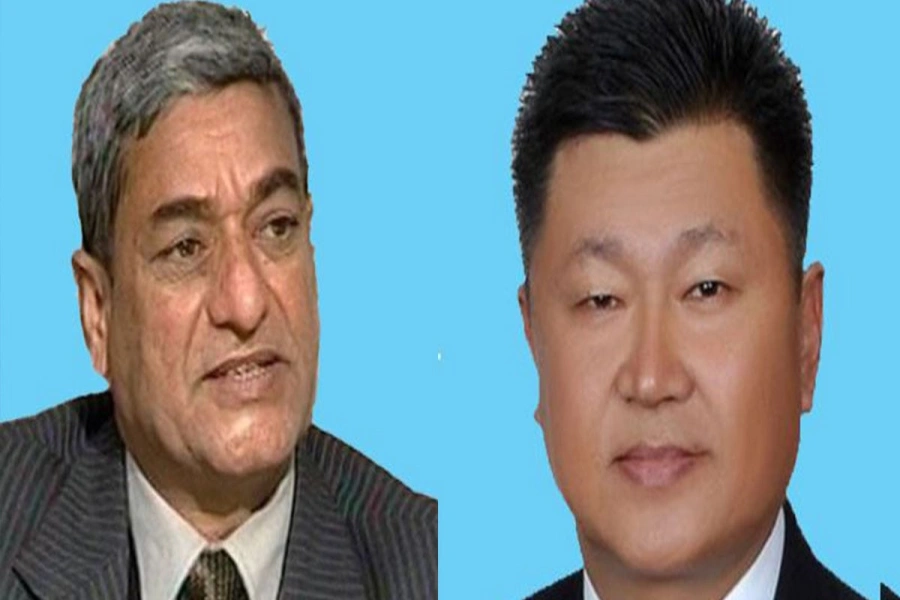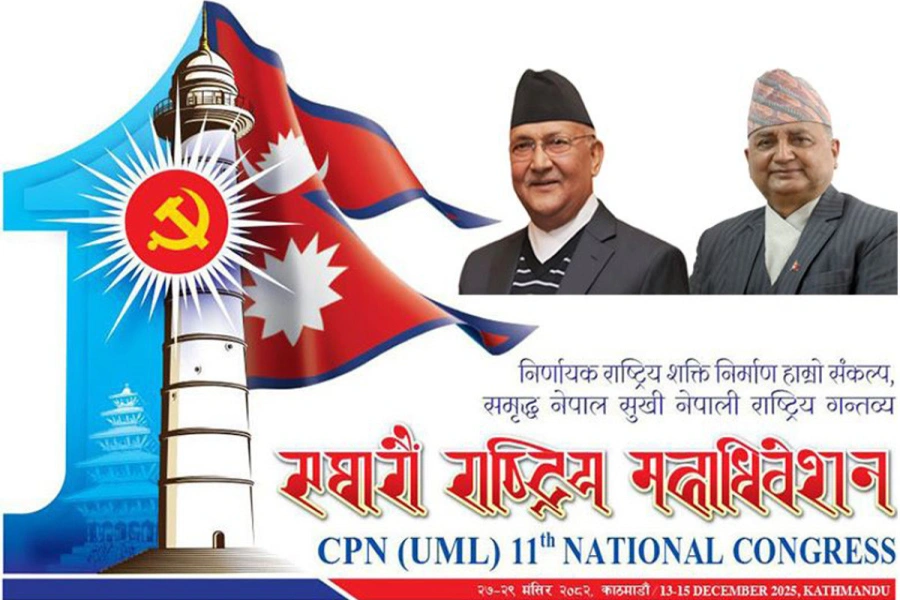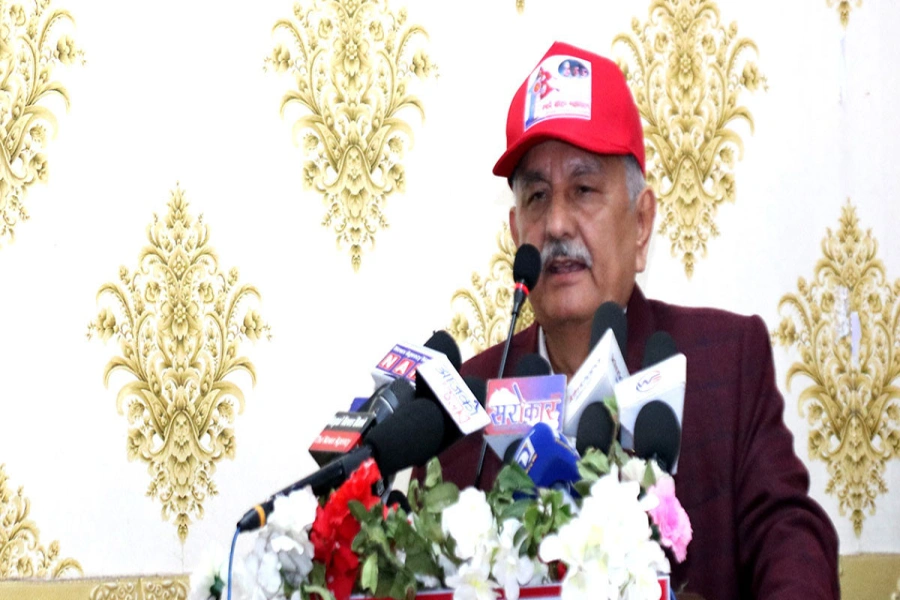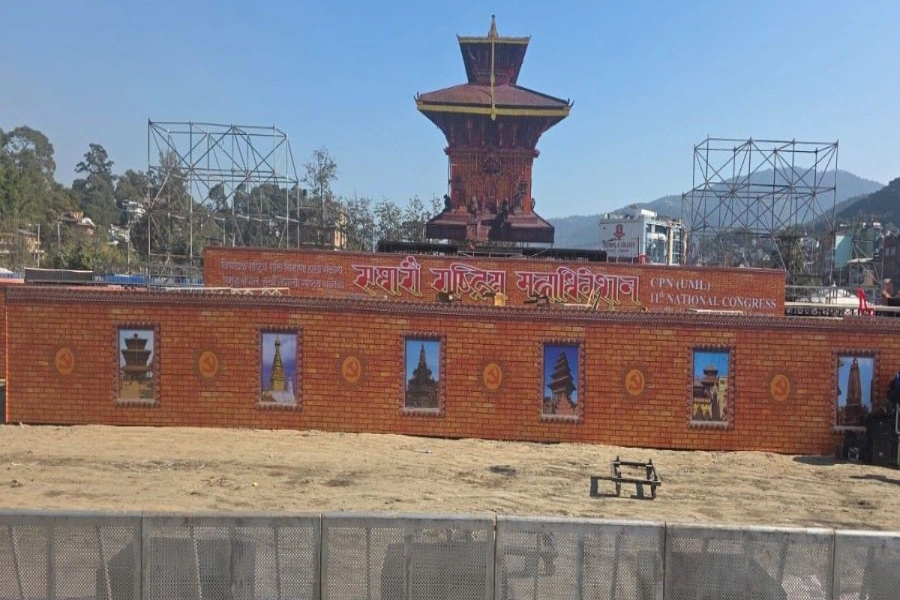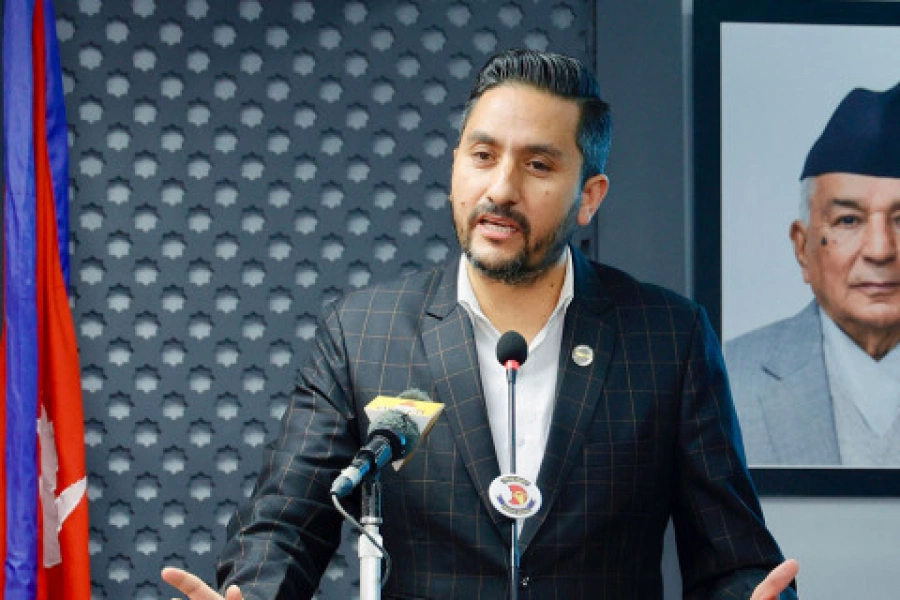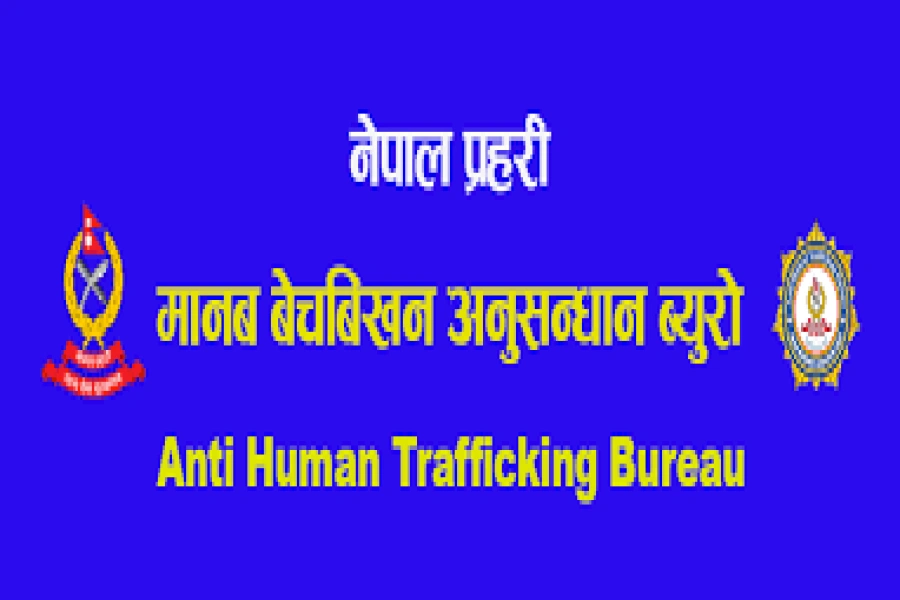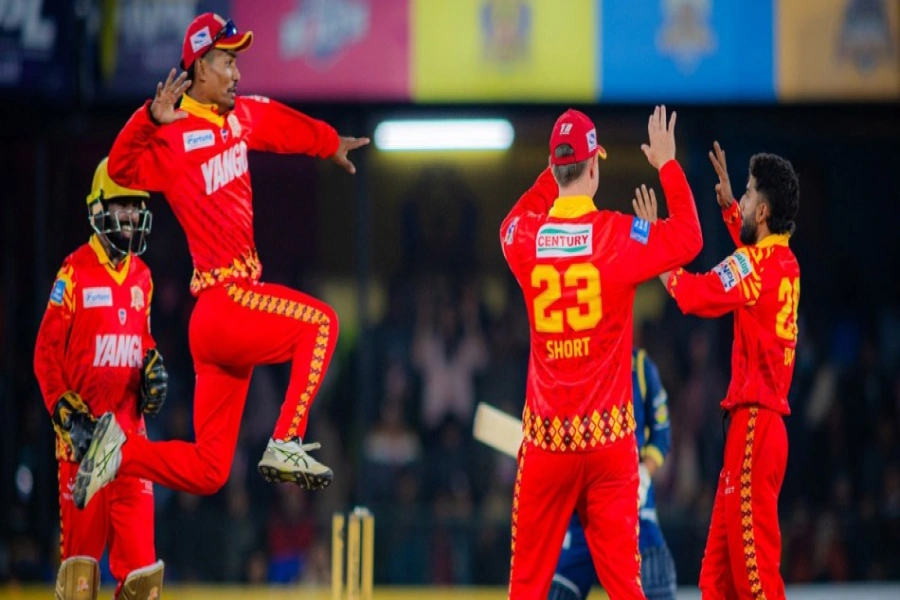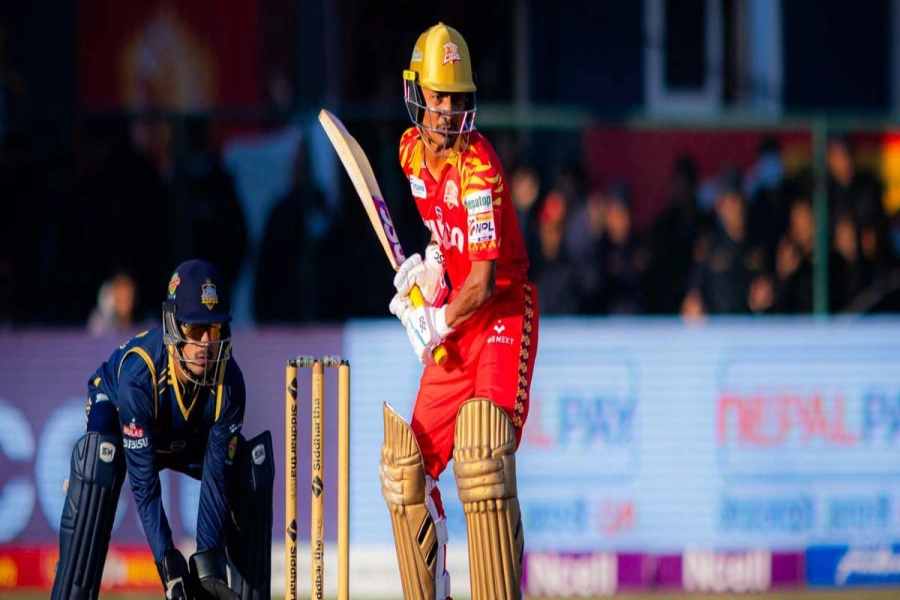A disaster in the making due to poor urban infrastructure planning and weak city governance
As an old resident, I argue that one can safely say:‘God had made Kathmandu a heaven; we humans are converting it into a hell’. As I write this article, I read the AQI ranking that ranks Kathmandu city the 6th most polluted city in the world. In fact, for the last one month, the air quality index in Kathmandu is competing with the air quality level of New Delhi, Lahore and Dhaka – the most polluted cities in the world. It is estimated that the average Nepalese is losing 5-6 years of their life due to air pollution. Over the last decade, Kathmandu Valley experienced rapid urbanization, making it one of the fastest-growing metropolitan areas in South Asia and pollution levels have been rising. During the last 10 years, the population of Kathmandu valley grew at the rate of 6.5% reflecting the city’s rapid expansion. If we add the migrant population today the population of the valley is close to 3 million. However, the city is plagued with unplanned development, poor road and sewage infrastructures, poor public services and pathetic urban governance and management. The rapid increase in the number of vehicles on Kathmandu’s roads combined with poor traffic management is a major contributor to poor air quality in Kathmandu. Ill-planned and poorly managed industrial activities, especially brick kilns and factories that run without proper pollution control and monitoring measures has further aggravated air quality in Kathmandu. Household pollution, solid waste including burning of plastic products, lousy road construction and management and Kathmandu valley’s bowl shaped topography and changing weather conditions wherein the due to weak westerly wind and winter rain has also stopped are the other causes.
Apathy and Ignorance
Heaven

But the most obvious and clear reason is lack of urgency, priority, and awareness on the part of politicians. I remember in the last local election every mayoral candidate in the valley had promised to make their city and town dhuwa-dhulo free. But almost two years after their election, none of the mayors even talk about the air pollution issue demonstrating their sheer apathy to the topic itself. In New Delhi, after the air quality turned hazardous, construction activities and movement of heavy vehicles have been restricted. Clearly, deteriorating air pollution is not an agenda of any political leader in Nepal and they have no vision or plan to reduce it in the future. In the meantime the golden opportunities are fast slipping by in an irreversible manner and the cost of no-action or poor-action will cost the Nepalese people hugely. Take some of the examples of missed opportunities: Sinamangal-Manahara tunnel road: This was an opportunity which could have given multiple benefits: a) TIA expansion as the runway and parking areas could have been increased; b) air quality and visibility improved, and c) traffic movement improved as there would have been no land issue when going underground and 6 lane roads with flyover/tunnel towards airport could have been constructed. Had I been at the helm of the government, I could have explored and requested the generous Government of Japan to provide grants plus concessional loan (as they have given for Nagdhunga tunnel construction) while negotiating the Japanese grant to construct the current Express Road from Sinamangal to Suryabinayak. Now, we are again talking about this tunnel but the costs would be far greater now.
Missed opportunity and huge cost of faulty actions
We have another golden opportunity which also seems to be lost due to the penny wise, pound foolish planners. Urban planners all over the world for years have been constructing tunnels in the opposite sides of the city that are known to have a positive impact on reducing air pollution. In fact, cross valley tunnels provide multiple benefits: a) traffic management by diverting traffic away from congested surface roads thus reducing vehicle emissions in the city center; b) Emission reduction: In Kathmandu Vehicles emit higher pollutants than other cities such as nitrogen oxides (Knox), carbon monoxide (CO), and particulate matter (PM) during combustion due to poor traffic management and long traffic jams. Since Kathmandu’s bowl-shaped topography does not have regular escape for dirty air, cross-valley tunnels at two most polluted locations: Nagdhunga and Sanga, could easily provide fast escape of polluted air and improve ventilation systems and air quality by faster dispersion of the exhaust fumes that stay in the valley air for at least 24 hours.
We can find several examples of cities in the world that have taken innovative steps to combat air pollution, including implementing tunnels: a) Bogota, Colombia: Besides constructing tunnels, the city is electrifying its public bus network and aims to completely electrify the metro system by 2024; b) Warsaw, Poland: It has launched Breathe Warsaw, a partnership with the Clean Air Fund and Bloomberg Philanthropies; c) Seoul, South Korea: Seoul announced a ban on diesel cars in public sector and mass transit fleets by 2025; d) Accra, Ghana: Accra is implementing various strategies to improve air quality and protect its residents; e) Manchester, United Kingdom: Manchester is piloting pollution tunnels made with materials that can absorb fumes and protect nearby residents. Similar tunnel-like concepts have been used in the Netherlands and on a smaller scale in China. These examples demonstrate that a combination of tunnels, emission reduction policies, and innovative road construction and transport management approaches can tackle increasing urban air pollution. But Nepalese urban planners, political leaders and mayors are not learning.
The ongoing Surya-Binayak-Dhulikhel Road- Penny wise pound foolish planning
The classic example is the ongoing Suryabinayak-Dhulikhel express road construction. The current air quality index shows Bhaktapur areas as the most polluted, reaching hazardous levels of quality in the Kathmandu Valley. I consider this a golden opportunity missed by the Department of Roads. Expert view is that a tunnel from the most suitable location in the road alignment from Bhaktapur to Banepa could have provided cross-ventilation of air systems in the valley to address the often repeated BOWL-shaped topographic bottleneck of the valley to control air pollution. But the current design does not include a tunnel. The project aims to construct the Suryabinayak-Dhulikhel road, a 16-kilometer stretch of the Araniko Highway, into a six-lane expressway. The project includes four motorable tracks and two service tracks on either side. I will not be surprised if the project will be stalled like the case of the Kalanki-Nagdhunga tunnel due to land acquisition and compensation issues. Initially, there were plans to build tunnels at Sanga Pass on the valley rim but it was dropped due to cost considerations. This is a real loss of an opportunity to improve the quality of air in the valley which for almost half a year is unhealthy for children and elderly.
In summary, our political leaders and urban planners indeed have ‘tunnel’ vision. The Nagdhunga–Dhunibesi tunnel is talked about as a solution to improve traffic movement to the valley, not as an escape route for the valley air to improve the city's ventilation system. The claim made by the planners of the Suryabinayak-Dhulikhel road that the reconstructed road would transform the road system upon completion sounds hollow as it may reduce travel time but will fail to reduce air pollution which is more important. Of course I do not claim that tunnels come cheap but they have long-term and multiple benefits. They will also need regular maintenance and safety checks to prevent air quality deterioration. A well-designed tunnel system and gondola-metro transport for Kathmandu valley and surrounding towns can contribute immensely to reducing air pollution and peoples’ mobility. However, air pollution control is a complex issue. A holistic approach combining tunnels, metro, cable, cable/gondola cars with other measures especially converting all diesel operated vehicles to electric vehicles, improving public transport management, and enforcing emission standards is essential for long-term air quality management in the Kathmandu valley. Also critical is close collaboration, co-operation and coordination among the 12 urban municipalities of the valley not only in air quality management but also in traffic management, road maintenance and public service provision.



